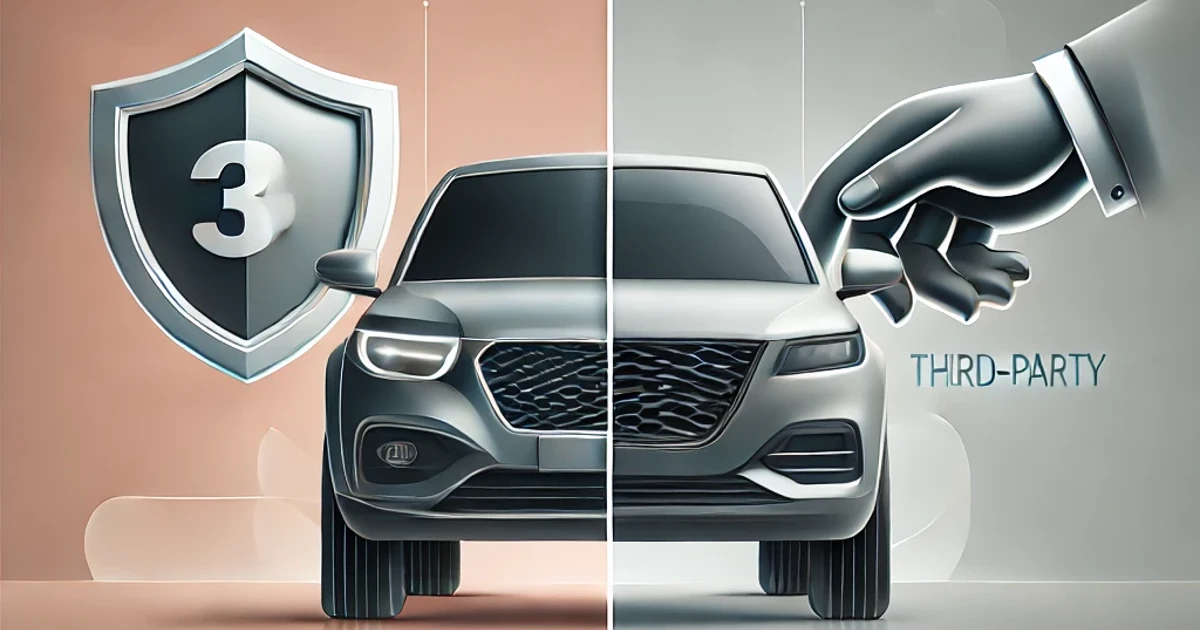Car insurance is a vital part of vehicle ownership in India. It not only protects you financially in case of accidents but also ensures compliance with legal requirements. When choosing car insurance, two primary options are available: Third-Party Insurance and Comprehensive Insurance. In this article, we’ll explore the differences, benefits, and drawbacks of both to help you make an informed decision.
What is Third-Party Car Insurance?
Third-party car insurance is the most basic form of car insurance mandated by Indian law. It covers damages and injuries caused to a third party in an accident involving your vehicle.
Key Features:
- Covers liability for third-party property damage and bodily injury.
- Does not cover damages to your own vehicle or injuries to you.
- Generally more affordable than comprehensive insurance.
Pros:
- Cost-Effective: Lower premiums make it budget-friendly.
- Legal Compliance: Meets mandatory insurance requirements in India.
Cons:
- Limited Coverage: No protection for your vehicle or personal injuries.
- Out-of-Pocket Expenses: You’ll need to bear costs for your vehicle’s repairs.
What is Comprehensive Car Insurance?
Comprehensive car insurance provides broader coverage, protecting both third-party liabilities and damages to your own vehicle.
Key Features:
- Covers third-party property damage and bodily injury.
- Includes protection for your car against theft, fire, natural disasters, and accidents.
- Offers add-on options like zero-depreciation, roadside assistance, and engine protection.
Pros:
- Wide Coverage: Protects both you and third parties.
- Peace of Mind: Covers a variety of risks, including theft and natural calamities.
- Customizable: Add-ons allow tailoring the policy to your needs.
Cons:
- Higher Premiums: Comprehensive coverage comes at a higher cost.
- Complex Process: Claim settlements might involve more paperwork.
Differences Between Third-Party and Comprehensive Car Insurance
| Aspect | Third-Party Insurance | Comprehensive Insurance |
|---|---|---|
| Coverage | Third-party liability only | Third-party + own vehicle |
| Premium Cost | Low | High |
| Legal Requirement | Mandatory | Optional |
| Add-On Availability | Not available | Available |
| Protection Scope | Limited | Extensive |
Which One Should You Choose?
Choose Third-Party Insurance If:
- You’re on a tight budget.
- Your car is old and its market value is low.
- You only need to fulfill legal requirements.
Choose Comprehensive Insurance If:
- You want extensive protection for your car.
- You live in areas prone to theft, floods, or accidents.
- Your car is new or has a high market value.
Tips for Choosing the Right Car Insurance
- Assess Your Needs: Determine the level of coverage you require based on your vehicle’s age, usage, and location.
- Compare Policies: Use online tools to compare premiums, features, and add-ons.
- Check the Insurer’s Reputation: Look for reviews and claim settlement ratios.
- Understand Exclusions: Read the policy document carefully to know what is not covered.
Conclusion
Both third-party and comprehensive car insurance have their advantages and limitations. Your choice should depend on your financial situation, vehicle’s value, and personal preferences. While third-party insurance is affordable and meets legal requirements, comprehensive insurance provides peace of mind with broader protection.

